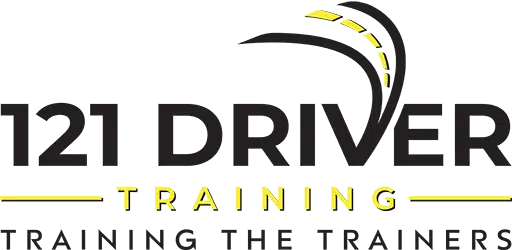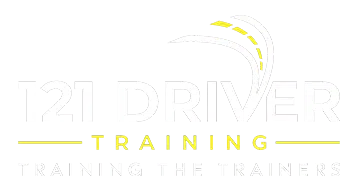As a driving instructor, effective communication is a critical skill that significantly impacts the success and satisfaction of your students during their learning journey. Mastering essential communication techniques– such as active listening, providing clear instruction, offering constructive feedback, and adapting to the unique needs of your learners– can facilitate a supportive, engaging, and understanding environment that enhances the learning process for both you and your students. At 121 Driver Training, a TfNSW and ASQA approved Registered Training Organisation, our comprehensive Driving Instructor Courses are dedicated to empowering aspiring instructors with the knowledge and communication skills necessary to provide an exceptional learning experience for all students.
In this blog post, we will delve into various practical strategies to help improve your communication abilities as a driving instructor. We will discuss the importance of active listening, providing comprehensive and concise instruction, offering constructive feedback, and adapting your communication styles to best meet your students’ needs and preferences. By implementing these effective communication techniques, you can create an engaging and supportive learning environment that fosters positive outcomes for your students, setting them up to become safe and responsible drivers.
1. Active Listening: Making Students Feel Heard and Understood
Active listening is an essential communication skill that can significantly impact the rapport and trust between you and your students. It encourages a supportive and understanding learning environment. Practise these active listening strategies to enhance your driving instruction:
– Be present and attentive: Focus on what your students are saying, without interrupting or prematurely formulating a response. This demonstrates that you value their thoughts and concerns.
– Reflect and clarify: Summarise or paraphrase key points your students make to ensure you have understood them correctly, and ask clarifying questions when necessary.
– Use verbal and non-verbal cues: Provide verbal affirmations such as I understand and use non-verbal cues such as nodding or maintaining eye contact to show your engagement in the conversation.
2. Providing Clear and Concise Instruction
Providing students with clear, concise and comprehensive instruction allows them to understand your expectations more easily and make the most of their learning experiences. Implement these strategies for effective instruction:
– Use simple and precise language: Choose unambiguous words and phrases when explaining concepts or providing directions, ensuring your instructions are easy to follow and understand.
– Be specific and focused: Outline the specific steps or actions your students should take, focusing on one concept or task at a time to prevent information overload.
– Repeat and reinforce: Recap key instructions when necessary, and reinforce important concepts throughout the lesson to ensure they are remembered and applied.
3. Offering Constructive Feedback and Praise
Constructive feedback and praise play a vital role in student growth, helping them recognise their strengths and weaknesses and guiding them towards improvement. Use these tips for providing feedback and praise:
– Be timely and specific: Offer feedback promptly after an activity or event, addressing specific actions or behaviours and explaining their impact on performance.
– Focus on improvement: Frame your feedback in a positive and constructive manner, highlighting areas for growth and offering actionable suggestions or steps for improvement.
– Celebrate achievements: Acknowledge and praise the progress and accomplishments of your students, fostering a sense of pride and motivating them to continue developing their skills.
4. Adapting Communication Styles to Suit Individual Learners
Recognising and accommodating different communication preferences is crucial in driving instruction, as it enables you to tailor your teaching approach to meet your students’ unique needs. Consider these strategies for adapting your communication style:
– Assess your students’ communication preferences: Identify your students’ preferred communication style (e.g., direct, expressive, reflective) and adjust your approach accordingly.
– Use a variety of teaching materials: Incorporate different types of media into your lessons, such as written materials, visual aids, and verbal explanations, to cater to diverse communication preferences.
– Be receptive to feedback: Encourage your students to provide feedback on your communication style, using their insights to further refine your approach and better support their learning.
Conclusion
Mastering effective communication techniques is integral to driving instructors, fostering a supportive, engaging, and understanding learning environment that enhances the learning experience for both you and your students. By practising active listening, providing clear and concise instruction, offering constructive feedback and praise, and adapting communication styles to suit individual learners, you can create an engaging and supportive learning environment that facilitates positive outcomes for your students, setting them up to become safe and responsible drivers.
121 Driver Training is dedicated to equipping Driving Instructor Course graduates with the knowledge, tools, and resources needed to excel in communication and provide an exceptional learning experience for all students. By implementing these effective communication strategies and drawing on the expert guidance provided by our experienced team, you can confidently contribute to a more engaging and supportive learning atmosphere in your driving instruction, making a significant difference in the lives of your students. As you work to continually refine and enhance your communication skills, you establish a strong foundation for your students’ success and growth, promoting their understanding, skill development, and confidence behind the wheel.




